Dear Sports Fan,
Why is soccer a summer sports in the United States, but an autumn/winter sport in most of the rest of the soccer-playing world (i.e., the rest of the world)? I’ve long associated soccer with drizzle and mud and it’s bizarre to see it played in the hot sun on a dry pitch. There’s no overlap with players as far as I know–the big stars play in Europe exclusively.
Thanks,
Guy
Dear Guy
When I was a kid, I played on a “traveling” soccer team and I seem to remember that soccer season was fall and spring… although we also played indoor soccer in the winter… and went to soccer camps in the Summer. So I guess I do remember growing up playing soccer year round although when it comes to scholastic sports in America, soccer is a fall sport ending in early winter.
The most popular soccer league in the world, the English Premier League runs from August to May so you’re right, that’s mostly Fall/Winter with a little bit of Summer and Spring peeking out the sides. Major League Soccer (MLS is America’s attempt at professional soccer,) which is not as popular as other soccer leagues around the world – does have a summer-heavy schedule (March to December,) though the playoffs extend well into the fall and winter.
The reason for that is simple: competition. Not athletic competition, mind you – but TV competition. The summer is traditionally a TV sports dead zone, when baseball is in full swing but only truly captivating to a subset of the population, basketball and hockey are ending and, every two years, the Olympics may capture the nation’s attention for a couple of weeks, depending on the charisma of that year’s girl’s gymnastics team. Most importantly, American football – the dominant sports TV franchise in America, even though soccer (or football, as the rest of the world calls it) is the most popular sport in the world – is completely off the air.
So it makes sense that, in trying to make professional soccer a competitive economic enterprise in America – where TV viewership is the key – the powers that be focused on that dead zone and scheduled the bulk of the season for the summer.
Hope this answers your question – certainly I think it’s a more responsive answer than my gut reaction, which was to say that you associate soccer with cold and rainy weather because you’re used to watching soccer in England where – to indulge an ignorant American stereotype – everything from warm beer to Marmite is associated with cold and rainy weather.
Thanks,
Dean Russell Bell

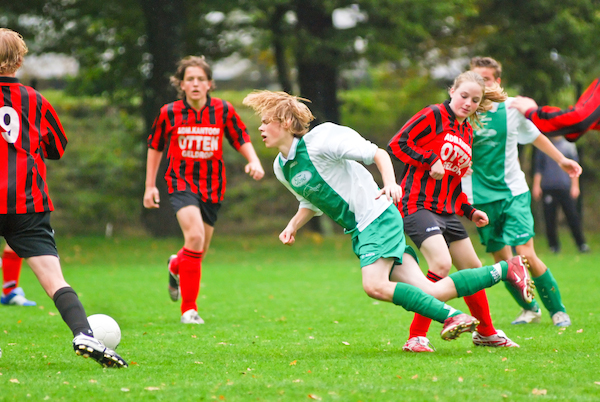

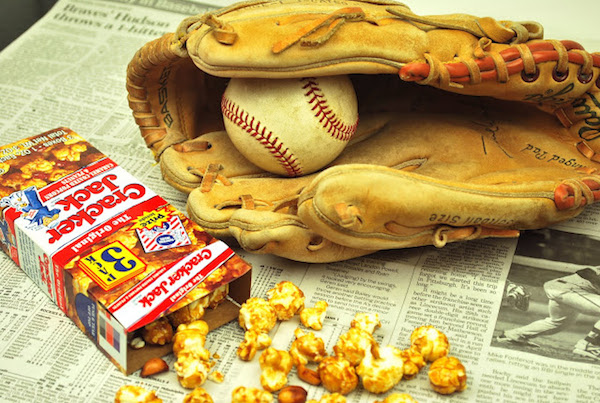



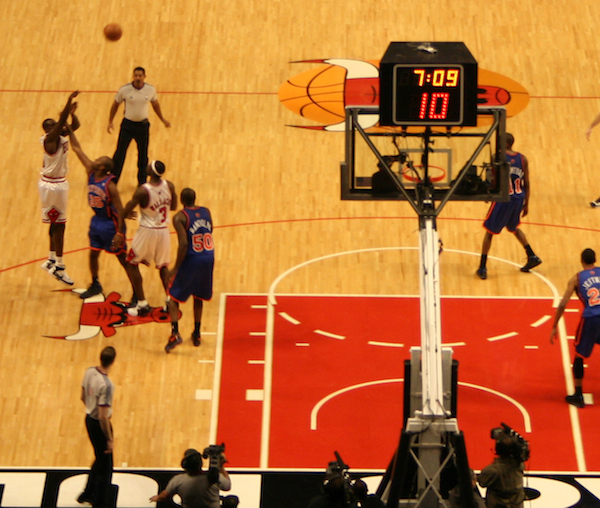
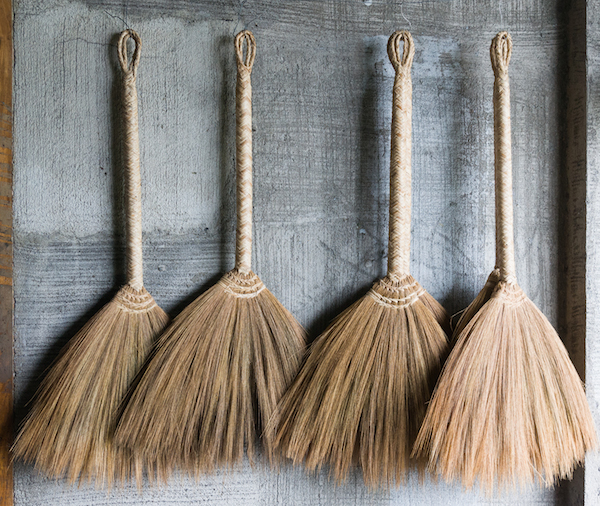
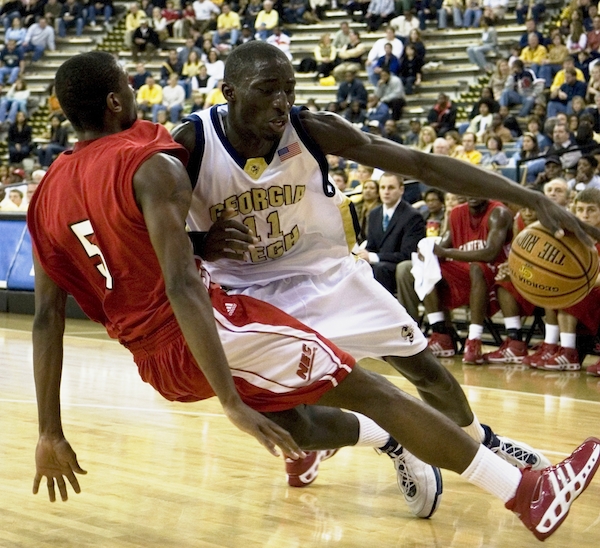
 “I have an athletic big guy” – a team lucks into a really really tall/wide guy who’s athletic and can therefore dominate since that’s so rare in college ball, so they just give him the fucking ball (Kind of Miami/Indiana)
“I have an athletic big guy” – a team lucks into a really really tall/wide guy who’s athletic and can therefore dominate since that’s so rare in college ball, so they just give him the fucking ball (Kind of Miami/Indiana)